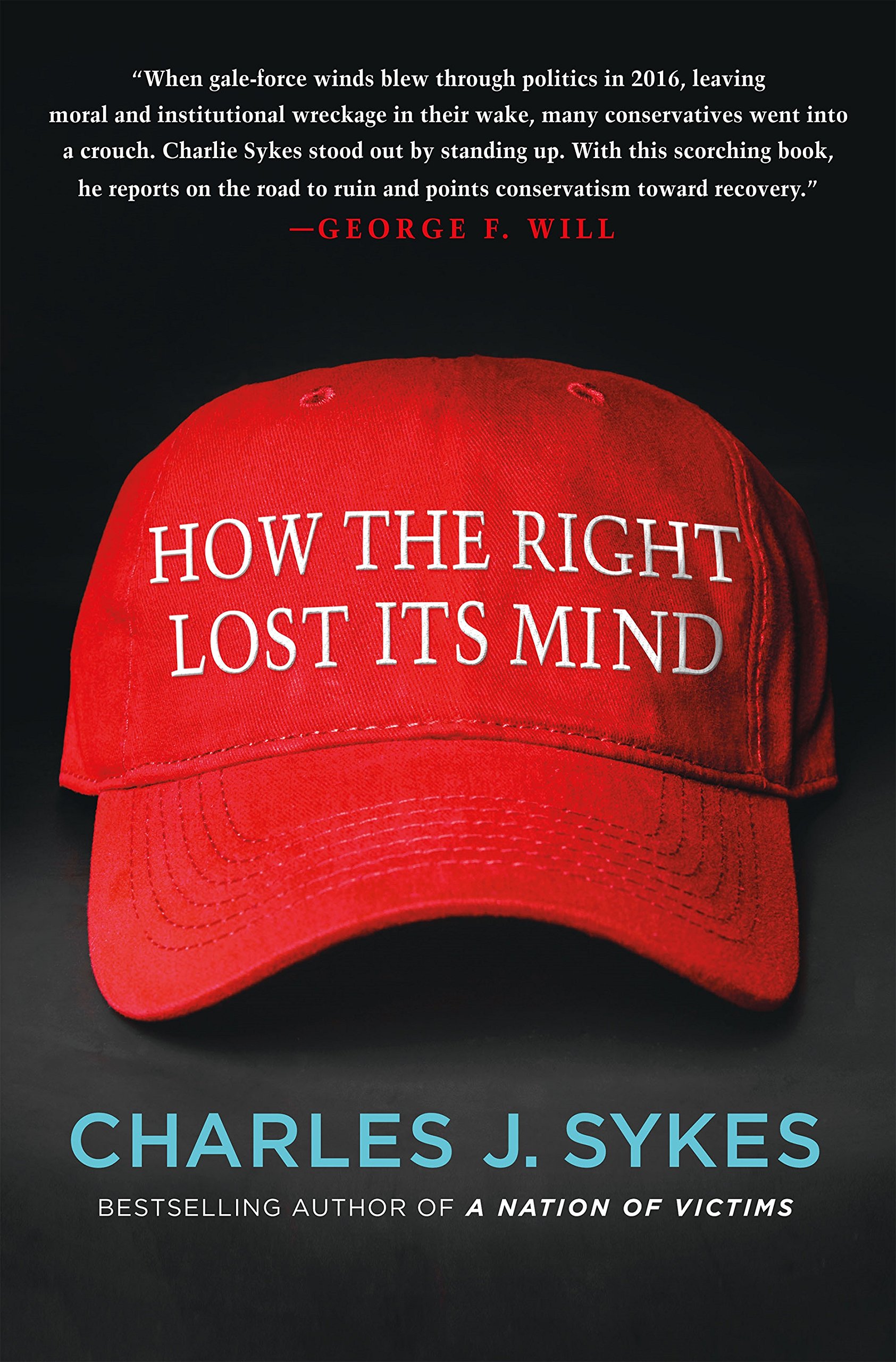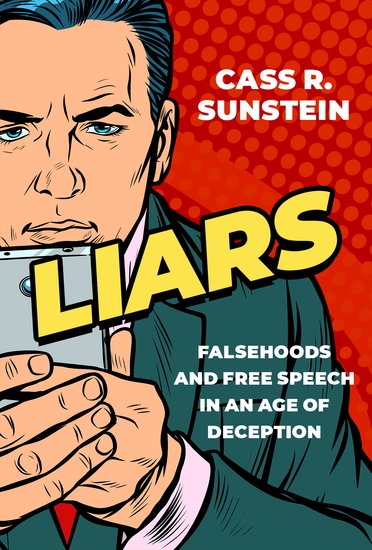The book How the Right Lost Its Mind by conservative commentator Charlie Sykes, which was published in October 2017, is one of a recent genre of books from conservatives who have broken with the Republican party over support of Donald Trump. I have read several of those, including one by Stuart Stevens, which I reviewed a couple of months ago. This one, like the others I have read, don’t read like they are cash grabs, looking to profit off being a conservative voice against Donald Trump. They instead read like people who genuinely believe in the conservative ideas they espouse, which puts them at odds with much of the conservative movement that was willing to embrace in Donald Trump, someone so counter to those.
Charlie Sykes’ book comes at this largely from what has gone on with the conservative media. He was a conservative radio host in Wisconsin as of 2016 election, so he certainly has knowledge of the conservative media from the inside at the time. Considering the centrality of that to the conservative movement, what has happened to it seems important to understanding where our politics are now. The book though also dives back to earlier history of the conservative media, with a major focus on William F. Buckley.
Part of the reason I say that these books don’t read like cash grabs is that the authors are not writing things in a way that seems geared to pleasing liberals. That is certainly the case with this book, as book puts forwards views, like this one about former Rep. Paul Ryan, that don’t seem likely to appeal to liberals:
Whatever you might think of his policies, Paul Ryan is inarguably the most formidable intellectual leader the Republican Party has had in decades.
That statement could in fact be true, but not in the way Charlie Sykes means it, considering that Paul Ryan was, accurately in my view, dubbed the “flimflam man” by Paul Krugman back in 2010.
While the fourth and final section of the book is titled “Restoring the Conservative Mind”, someone looking to the book to put forward a path to restoring the conservative movement to something other than a cult of Trump won’t really find it here. Instead, several lines in the book point to something the author doesn’t fully deal with, that Donald Trump is really a culmination of where the conservative movement was heading all along. Here are two lines that really stood out to me on that front:
Their about-face reflected the degree to which conservativism has come to be dominated by careerists and opportunists for whom the professed beliefs in small government, fiscal restraint, and constitutionalism were merely means to an end (ratings, cash, clicks, power), and thus easily discarded.
In their attacks on the intellectual “elite” of the time, the New Right activists valued activism and winning elections over intellectual theorizing.
The book doesn’t deny that negative claims about the conservative movement are true, but at the same time it doesn’t fully deal with them either.
As to what the conservative movement really is about these days, that was maybe best summed in these lines:
Conservativism had lost in the primary, Limbaugh declared, and and his focus on conservative values had been replaced with antiliberalism. That was one of the reasons, he said, that he had changed “the name of my think tank from the Institute for Advanced Conservative Studies to the Institute for Advanced Anti-Leftist Studies.”
Bottomline
I found the perspective put forward in the book to be very interesting, though if you are someone that can’t handle someone putting forward conservative view, misguided as they come across in some cases, the book wouldn’t be a good read. Even several years after the book was released, it provides insight on how the right has gotten to the place it is. The book references several other relevant books, so someone looking to read more related to various subject hit on, could pick up suggestions from this book.


